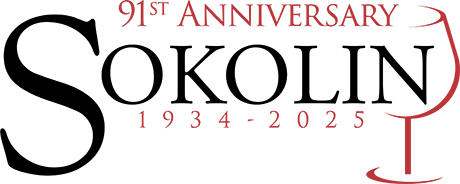Champagne Wines
Champagne Wines
The sharp, biting acidity, cutting through the richness; the explosive force that shatters the bubbles as they rise to the surface; the intense flavor and compelling, lively mouthfeel; these are all hallmarks of a good Champagne. Most wines are made from a combination of Chardonnay, Pinot Noir, and Pinot Meunier, but there are pure-Chardonnay variants and ones that blend only Pinot Noir and Pinot Meunier. As a result, most wines come with a feeling of familiarity, if not nostalgia. Each Champagne house has its own unique style, so different bottles of Champagne may not resemble each other outside of the core varietal strengths. The soil composition of the subregion is characterized by belemnite and chalk, which lets it absorb heat during the daytime and release it at night. This terroir helps create the feeling of airy, playful lightness of fine sparkling wine.
These wines were originally marketed towards royalty, and you can feel a hint of that elusive blue-blood elegance and confidence while drinking one. A good Champagne carries you away like a hurricane carries small debris, and you can feel the powerful life force in each sip, each bubble even. The characteristic Champagne “pop” has become a staple at parties and celebrations around the globe – when you hear it, good times are right around the corner.
If you’re looking to steal the show at a big party or you’re simply in a celebratory, cheerful mood, you can’t go wrong with a bottle of fine Champagne. Pair it with deviled eggs or grilled chicken breast for maximum effect, and create a memorable evening for yourself and your loved ones.

